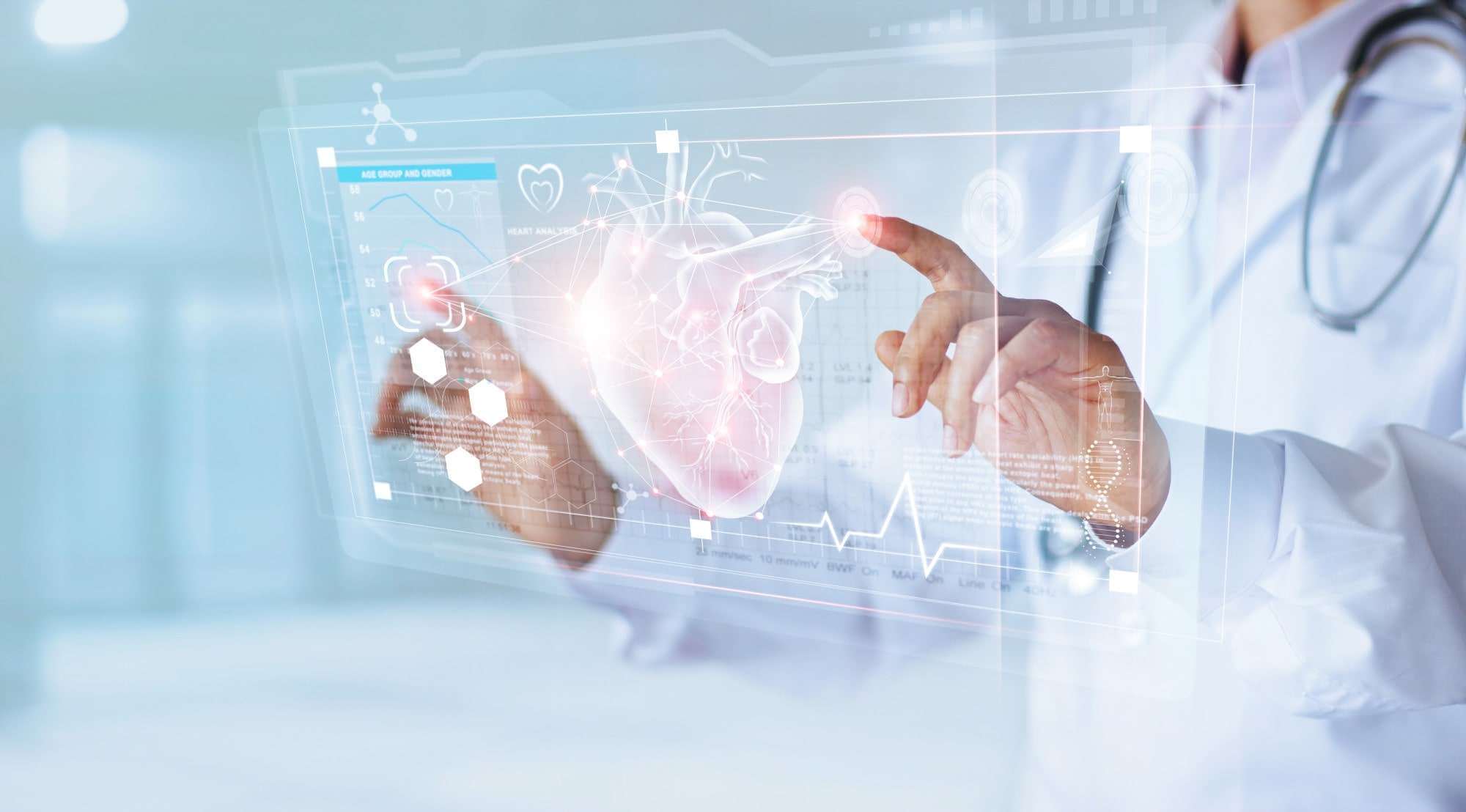Jan 22
2024
Tech Innovations that Will Revolutionize the Healthcare Industry In 2024
 Have you heard about the ultrasonic pocket devices that connect to your phone and that are 50 times less expensive than hospital machines? Or did you notice that virtual reality expedites cures in rehab centers? Or that artificial intelligence can identify lung malignancies more accurately than medical professionals? These are just a few advancements that are remarkably quickly changing medicine today.
Have you heard about the ultrasonic pocket devices that connect to your phone and that are 50 times less expensive than hospital machines? Or did you notice that virtual reality expedites cures in rehab centers? Or that artificial intelligence can identify lung malignancies more accurately than medical professionals? These are just a few advancements that are remarkably quickly changing medicine today.
Though no one can foresee the future, the innovations and ideas that follow at least offer a peek at it. They are at the forefront of healthcare, like the individuals behind them. Check out the list that will reshape the medical and public health that is anticipated to occur in the 2020s, especially in 2024 onwards.
Medical supplies delivered by drones
UPS has been flying an autonomous drone to transfer vital medical samples, such as blood or tissue, between two branches of a hospital 150 yards apart in Raleigh, North Carolina, since March as part of a trial program dubbed Flight Forward. Although the drones couldn’t cover the same distance as quickly as a fleet-footed runner, the initiative proved successful as a proof-of-concept, and in October the FAA approved the company’s expansion to 20 hospitals nationwide over the 2 years. In case of critical truck accidents and road accidents, sending medicines to victims will no longer be a time-consuming issue.
Diabetes treatment using stem cells
Of the 1.25 million Americans who suffer from type 1 diabetes, Doug Melton, a scientist at Harvard University, was particularly interested in his two children, Emma and Sam. Insulin injections, numerous daily blood-glucose tests, and a lifetime of cautious eating are possible treatment options. Melton takes an alternative tack, generating insulin-producing replacement beta cells using stem cells.
The business has developed a tiny implantable device that can house millions of replacement beta cells, allowing immune cells to stay outside while still allowing glucose and insulin to pass through.